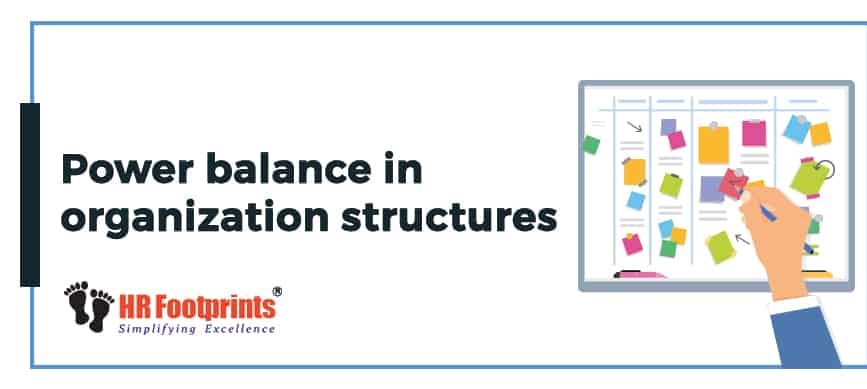We’ve heard it a million times – change is the only constant. We try our best to train our minds to be okay with change, but it just doesn’t happen. Sometimes, it feels like the human mind isn’t programmed to handle change – no matter how positive it may be.
An organisation that had just finished their appraisals for the year. New designations were handed out, new managers created. The week these promotions were announced was a very exciting one. The new bunch of managers were excited and eager to get started. They received their new business cards, updated their LinkedIn profiles and gracefully accepted the many, many congratulations that came their way.
Week 2,
however, saw a drastic change. Over 70% of these new managers were walking around with drooping shoulders, stress lines clearly evident on their faces. The management was concerned. Their high performing individual contributors did not gracefully transition into great managers. However, to anyone in the professional world or anyone regularly reading management blogs, this does not come as a surprise. There are core managerial skills that managers need to master before they can start to shine. The management was prepared for this as well. By week 3, training programs were in place to equip these first-time managers with the skills they needed. Feedback sessions were organised, mentors assigned. They had all the ammunition they needed to succeed.
Come week 4,
the drooping shoulders drooped further still. The stress lines seemed to be permanent fixtures. The management was now worried. Some of their top performers were slowly becoming a shell of what they used to be. Promotions are a good change, right? It’s what we’re all working towards. How can something so good, lead to them feeling so low?
When asked, most of these managers had only one thought in mind –
“I don’t know if I can do this. I don’t think I’m ready. This is nothing like I imagined.”
Transitions are difficult, no matter how prepared you are or how positive the transition is. The pressure to perform is immense.
Help your transitioning employees ease into their new roles with these three steps:
- Encourage them to establish their new value proposition.Your strengths in your previous role may not necessarily help you succeed in your new role. Help your transitioning employees understand the new expectations and work with them to determine the unique value they can add in light of these changed expectations. Knowing your own value proposition (what you can contribute) goes a long way in giving you the confidence to embrace the change.
- Empower them to grab the low hanging fruit. Change is a lot more palatable when you are able to taste victory early on. Help them identify some simple projects where they can see success fairly quickly. This will give them the confidence to keep going.
- Equip them with the right skills. When the first two steps are done, your transitioning employees are confident about the value they can add and are motivated by their early success. They are now ready to move on to understanding the challenges and learning the new skills that will help them shine in their new role.
A successful transition is more than the skills acquired. It’s about building the right mindset and fostering confidence. It’s about creating the ability to deal with that scary thing called change.
If you want to know more about how to equip and empower your organization to handle transition, write to us at info@hrfootprints.com
Feeling intimidated by the prospect of organizational change? You’re not alone. Don’t let fear hold you back – reach out now and let’s turn that scary thing called change into an opportunity for growth and innovation!




